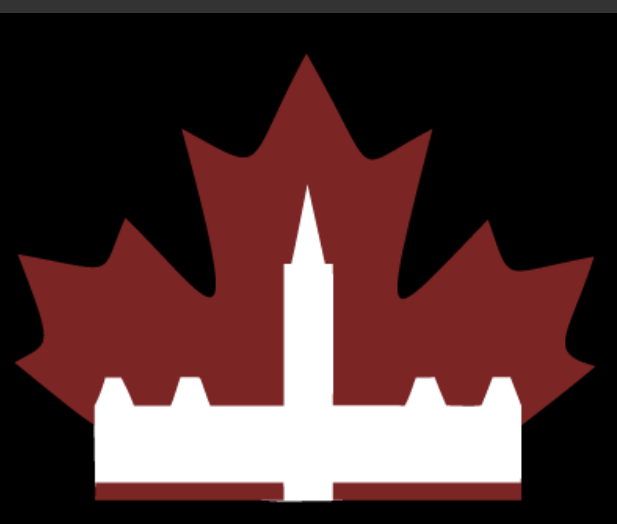I want 7 choices instead of realistically 2.
Current composition of the House of Commons
- Liberal (156 seats)
- NDP (24)
- Conservative (118)
- Bloc Québécois (32)
- Green (2)
- Independent (3)
- Vacant (3)
Only 4 of those parties have official party status, and the structure of the NDP/Liberal supply and confidence agreement arguably makes them the same party.
So, boiled down, there are 3 parties that are relevant, and only 2 that are relevant to the nation as a whole.
Am I interpreting this graphic wrong? Will a change in vote method lower our options?
While we have “2 superpowers” here in Canada, at least we have 7 represented parties, the other methods have less overall representation?
We don’t have 7.
Vacant isn’t a party, so that makes it 6.
“Independent” isn’t a party, each member should count as their own party (so 8 parties total) or none of them should count as a party (5 parties total).
I don’t think tasmania is a valuable comparison considering it is not a country, and has a population smaller than Kitchener Ontario.
But I think your point that MMP reduces party diversity is possibly valid since imo it locks in existing parties.


